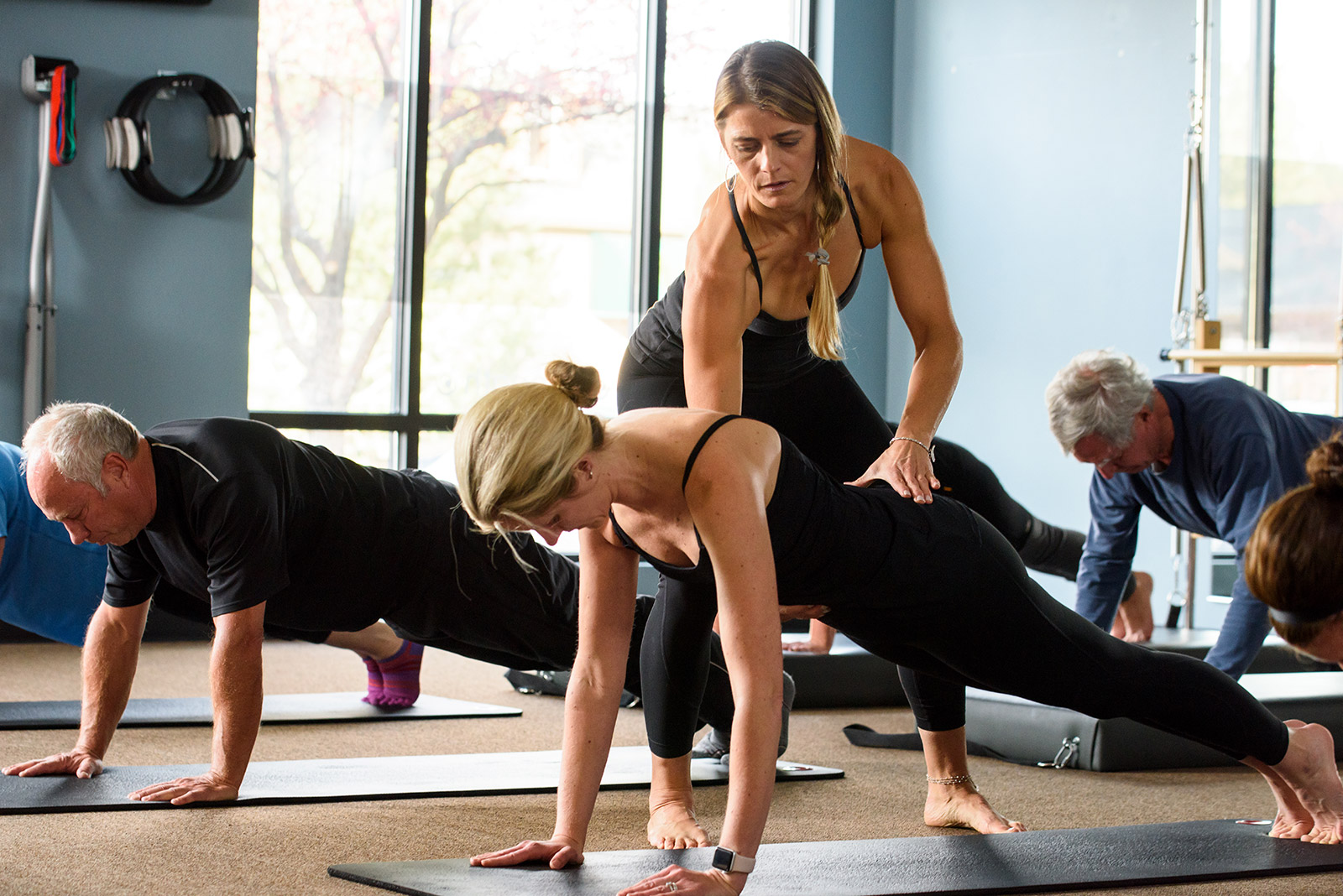
In recent years, the fitness landscape has evolved significantly, with more people recognizing the importance of a holistic approach to physical health. This shift has paved the way for the increasing popularity of Pilates in gym settings. Traditionally known for pilates focus on core strength, flexibility, and alignment, Pilates has often been associated with specialized studios. However, as the fitness community seeks to incorporate more balanced and comprehensive workout regimes, Pilates has found its place alongside weightlifting, cardio, and other high-intensity training methods in gyms across the world.
Pilates, developed by Joseph Pilates in the early 20th century, was originally intended as a rehabilitative practice for dancers and athletes. Its core principles—concentration, control, centering, precision, breath, and flow—are designed to enhance body awareness and promote efficient movement. When integrated into a gym environment, these principles can complement traditional strength training and cardio workouts, offering a more rounded fitness routine. The slow, deliberate movements in Pilates emphasize quality over quantity, which contrasts with the fast-paced, repetitive actions often seen in gym workouts. This balance allows gym-goers to not only build muscle and endurance but also improve their posture, flexibility, and mental focus.
One of the primary benefits of incorporating Pilates into a gym routine is the enhancement of core strength. While many gym exercises target specific muscle groups, Pilates focuses on the deeper stabilizing muscles, particularly those around the abdomen and spine. A strong core is crucial for almost every physical activity, from lifting weights to running, as it provides stability and support for the entire body. By integrating Pilates, individuals can improve their performance in other exercises, reduce the risk of injury, and enhance their overall athletic capabilities.
Moreover, Pilates can play a significant role in injury prevention and rehabilitation, which is a critical concern for many gym-goers. The practice emphasizes controlled, precise movements, which can help individuals become more aware of their bodies and how they move. This heightened awareness can translate into better form and technique in other exercises, reducing the likelihood of common gym injuries like strains and sprains. Additionally, for those recovering from an injury, Pilates offers a low-impact way to rebuild strength and flexibility without placing undue stress on the body.
Flexibility is another key area where Pilates can complement gym workouts. Traditional gym exercises often focus on strength and endurance but may neglect flexibility, leading to imbalances in the body. Pilates, with its emphasis on lengthening and stretching muscles, helps to address this gap. Improved flexibility not only enhances athletic performance but also contributes to better posture, reduced muscle tension, and a greater range of motion in the joints. This makes Pilates an excellent addition to any gym routine, particularly for those looking to improve their overall mobility.
Incorporating Pilates into a gym setting also offers mental benefits, which are often overlooked in conventional workout routines. The mindful approach required in Pilates—focusing on breath, alignment, and controlled movements—can help reduce stress and promote mental clarity. This meditative aspect of Pilates provides a counterbalance to the often intense, high-energy environment of the gym, offering a space for individuals to connect with their bodies and minds. The mental focus cultivated through Pilates can enhance overall workout effectiveness, as individuals are more likely to maintain proper form and avoid distractions.
Another advantage of integrating Pilates into a gym routine is its adaptability. Pilates exercises can be modified to suit different fitness levels and goals, making it accessible to a wide range of individuals. Whether someone is a beginner looking to build foundational strength or an advanced athlete seeking to improve performance, Pilates offers scalable options that can be tailored to meet specific needs. This versatility makes it an excellent addition to the diverse offerings typically found in gym settings, where individuals may have varying fitness objectives.
Pilates also encourages a balanced approach to fitness, which is essential for long-term health and wellness. Many gym-goers fall into the trap of overemphasizing certain types of exercise, such as weightlifting or cardio, at the expense of others. This can lead to imbalances in the body, overuse injuries, and burnout. By incorporating Pilates, individuals can achieve a more balanced workout regimen that addresses strength, flexibility, and mental focus, leading to more sustainable results and a reduced risk of injury over time.
The social aspect of Pilates in a gym environment should not be overlooked either. Group Pilates classes offer a sense of community and support that can enhance motivation and commitment to a fitness routine. For those who may find the gym intimidating or overwhelming, participating in a Pilates class can provide a more approachable and structured way to engage with fitness. This sense of belonging and accountability can be a powerful motivator for individuals to stick with their fitness goals and continue making progress.
Finally, the inclusion of Pilates in gyms reflects a broader trend towards a more inclusive and holistic approach to fitness. As people become more aware of the importance of not just physical strength but also flexibility, balance, and mental well-being, the demand for diverse workout options has grown. Pilates, with its comprehensive benefits, aligns perfectly with this trend, offering a practice that supports overall health and wellness. By embracing Pilates, gyms can cater to a wider audience, providing a well-rounded fitness experience that meets the evolving needs of today’s fitness enthusiasts.
In conclusion, the integration of Pilates into gym environments marks a significant shift in how people approach fitness. By combining the strengths of traditional gym workouts with the unique benefits of Pilates, individuals can achieve a more balanced, effective, and sustainable fitness routine. Whether for building core strength, enhancing flexibility, preventing injuries, or promoting mental well-being, Pilates offers a valuable complement to any gym regimen. As the fitness world continues to evolve, the role of Pilates in gym settings is likely to grow, offering a holistic approach to achieving physical and mental health.